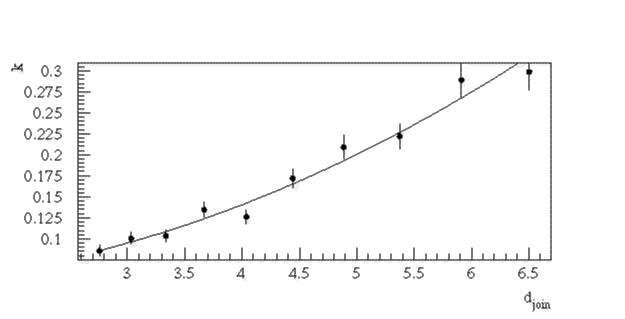[3] Phys. Lett. 89B (79) 139
|
[13] Z.Phys. C26 (84) 157
|
[4] Z.Phys. C6 (80) 235
|
[14] Z.Phys. C25 (84) 231
|
[5] Phys. Lett. 91B (80) 142
|
[15] Phys. Rev. D29 (84) 580
|
[6] Phys. Lett. 94B (80) 437
|
[16] Phys. Lett. 138B (84) 311
|
[7] Phys. Lett. 97B (80) 459
|
[17] Phys. Rev. D31 (85) 2724
|
[8] Phys. Lett. 108B (82) 63
|
[18] Phys. Rev. Lett. 54 (85) 1750
|
[9] Phys. Lett. 110B (82) 329
|
[19] Phys. Lett. 180B (86) 181
|
[10] Phys. Lett. 119B (82) 239
|
[20] Phys. Lett. 199B (87) 291
|
[11] Phys. Rev. D28 (83) 228
|
[21] Phys. Lett. B215 (88) 175
|
[12] Phys. Rev. Lett. 50 (83) 2051
|
[22] Phys. Lett. B252 (90) 159
|

